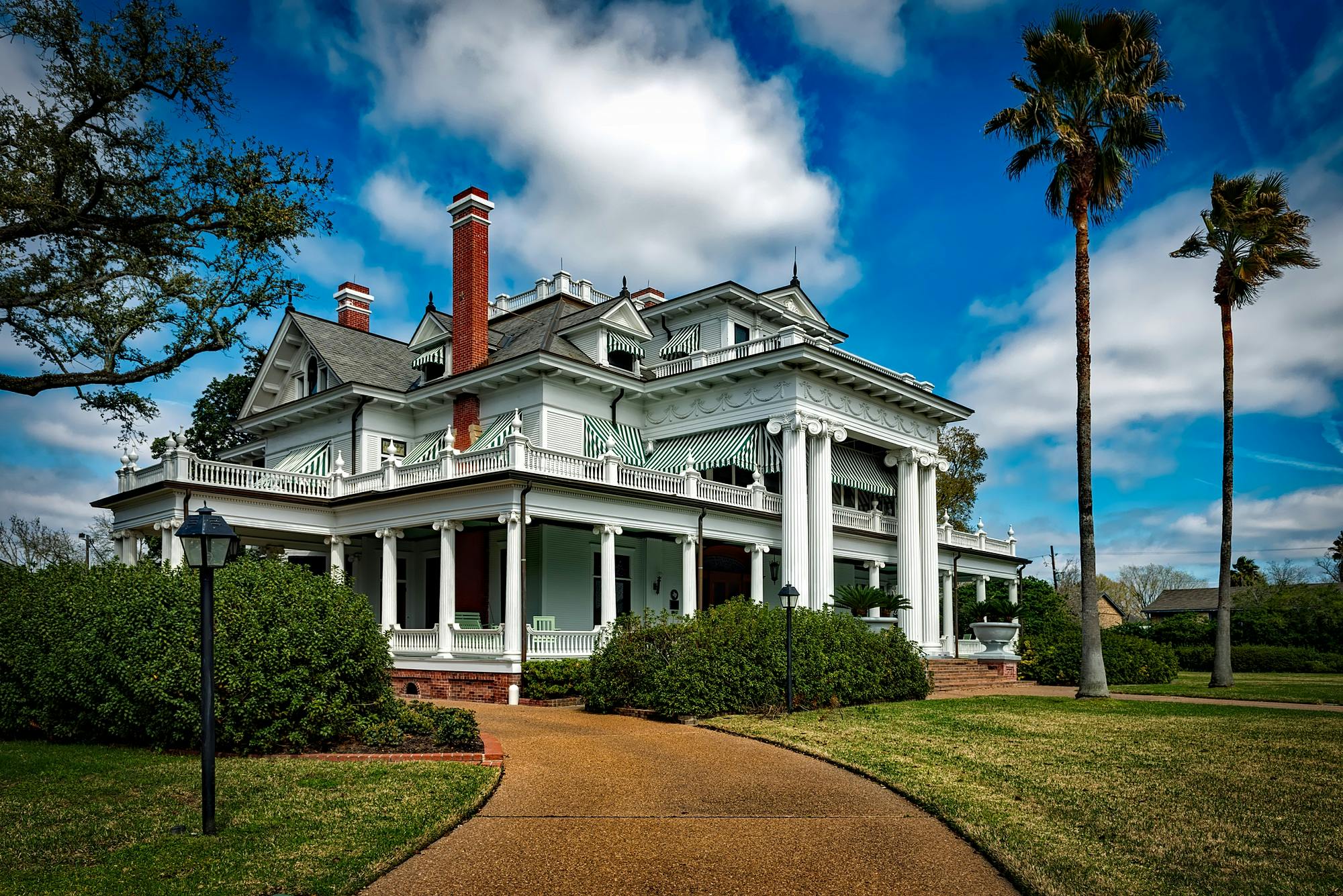
The use of ICF construction and SIP walls is the subject of strong debate in the sustainable construction industry. Both wall systems are highly energy efficient and create super insulated walls that meet LEED accredited standards developed by the US Green Building Council. Both products will build a space so tight that heat recovery ventilation systems are needed to produce airflow. These systems must be installed with care to eliminate thermal breaks in the super insulated space. Traditional wood frames can claim up to R-20 walls. This, however, only considers the highest-rated component in the wall, the insulation. Other lumber and utility members in the wall contribute to thermal bridging, which is a major factor in heat gain and loss. Both ICF and SIP wall sections contain solid insulation material that will effectively eliminate conduction and convection in the building. In addition to energy efficiency, one of the biggest benefits shared by both systems is the ability to build quickly and accurately.
It’s obvious that these two wall systems provide sustainable construction, but when it comes time to build, which one should you use? As with most construction decisions, it all comes down to cost. When looking at the cost of these wall systems, it’s important to understand that the price varies based on design, availability, and installation. This topic is discussed by representatives of the company on the Internet. I am not a SIP or ICF vendor so please consider this a fair analysis.
Cost per square foot?
It is very difficult to provide a cost estimate based on square footage. There are many factors involved that can only be accounted for in the exact specifications of the architect’s plans. A general cost per square foot of gross wall area may be convincing as a feasibility estimate in theory, but more factors must be involved depending on the design to make an adequate estimate. One can research and find a wide range of cost estimates from vendors and builders. The average of these values should not be considered to estimate the cost since they are from people trying to sell you a product. Instead, I trended these values to find that the difference in these prices suggests that SIP construction costs 5-10% less than ICF construction per square foot.
Design
The location and shape of windows and doors must be considered when fabricators cut into panels or shapes. In this process waste is produced while labor is involved and cost increases. In some cases, cost can be optimized in home design by strategically sizing the home, including window sizes and wall lengths according to dimensions suggested by multiples of panel or shape sizes.
Many manufacturers consider the dead and live load structural analysis of the design when estimating cost. This analysis of the plans will explain more precisely what thickness is needed, where and how much. ICF materials are more expensive; that is, the concrete per square foot. In addition, a precast product is not delivered to the site, so labor cost is higher when installing ICF walls. The total cost of materials and installation for an ICF wall system can be estimated at approximately 30% more than traditional poured walls.
By comparison, an ICF wall must be thicker than a SIP wall to achieve the same R-value. Thicker walls mean more material which also contributes to higher cost compared to SIP construction.
local availability
Local availability can contribute to the variation of the price and the level of green construction. Not all contractors build with SIP or ICF, but as this construction and production become more popular, the price of both will drop. Contractors and manufacturers are most abundant in the Midwest and Southwest of the United States, making these regions cheaper to build using SIP and ICF. Find out which contractor and manufacturer (SIP or ICF) is more local; this makes the project more sustainable and more likely to offer lower prices. However, beware of inexperienced contractors because it is a new construction practice. Granted, more experienced contractors can usually charge less.
Return
Sustainable construction is encouraged by the return on investment. A super-insulated, airtight home created by any of these wall systems allows for lower operating costs due to monthly utility bills. Plus, the HVAC equipment needed to heat and cool this super-insulated home doesn’t have to be as powerful, saving you hundreds or even thousands of dollars in upfront HVAC costs. While these savings are the same between the two systems, other returns are not. Homeowners insurance savings range from 15-25% for ICF construction due to fire protection and disaster resistance ratings. However, there are no significant capital gains when it comes time to sell. At this time, there are no tax benefits for the construction of LEED projects, but it is expected that they will exist in the future. If you consider a LEED scorecard in your decision, the SIPs will score higher because it is a pre-built panel assembly.
Conclusion
SIP construction is generally considered less expensive when deciding which sustainable building envelope to use. However, each project varies in the price of each depending on the design specifications. The design can be optimized to the standard dimensions of each wall system to encourage lower costs. Any product that is made closer to the site is more sustainable and will cost less compared to each average cost. Considering this, the cost difference between the two may increase or decrease. ICFs may cost more, but generally offer more return in terms of insurance deductions. In general, it is important to investigate all of these aspects when deciding which will be less expensive.
Leave a Reply